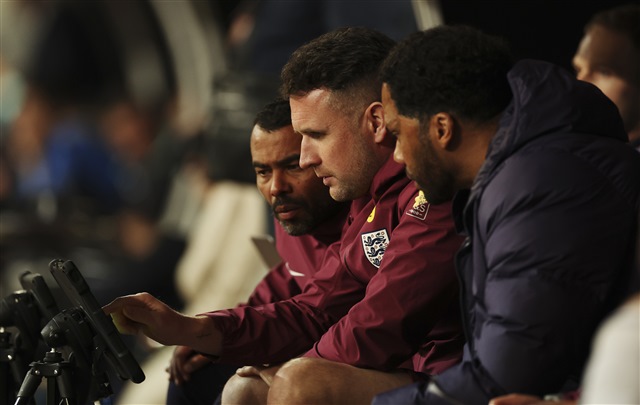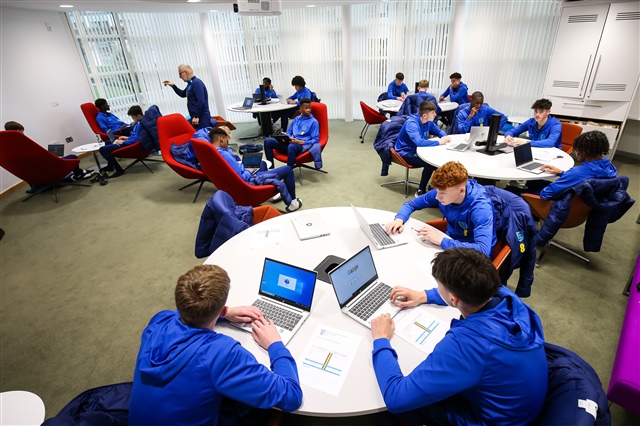As video has quickly become more accessible within the coaching process, it’s important we consider how we use it effectively to impact team and player development.
What does video provide within a coaching context?
- A record of performance to guide observations and reflections, to better inform our coaching decisions.
- An opportunity to collect data and insight, to better inform our coaching decisions.
- A visual aid, for more engaging interactions with players.
When might we use video as part of the coaching process?
Video can be from training or games, footage of upcoming opponents or best practice examples from other teams. The focus could be on pre-performance preparations, or post-performance reflections and your lens may be tactical, technical, psychological or physical. Regardless of the reason for observing the video, here are some fundamental ‘top tips’ for using video as an observation tool…
When using video to observe and reflect…

- Start with WHY?
Begin with a good understanding of your purpose for watching the video. How is observing this video going to help improve my understanding of an aspect of performance? How will my observations inform more game-realistic practice design? How can my reflections inform individual development plans?
- Stay Focused
If you try to look for everything, there’s a good chance you’ll end up seeing nothing. Once you have your WHY, you can hone-in on the detail. For example, you might focus on an element of a player’s individual development plan, or how your team played out from the back. A narrower focus will allow you to better assess what’s happening, and why.
- Be Strategic in Reviews
Detailed analysis is better when structured. For example, create playlists focused on specific aspects like 1v1 defending to gain deeper insights rather than relying on sporadic in-game observations.
- Build a Video Archive
Organize and store clips as you go, by themes such as principles of play, tactics, or individual player clips. This ensures easy access when you need to use them again in the future, this also saves time looking for the right clips.
- Data Tells the Story, Video Paints the Picture
If using video to collect data, always blend the numbers back to the video. Data will tell you what is happening, the video will tell you why it’s happening. Use data to highlight key findings, but video to provide the context. Together, they create a full understanding of the game.
When using video as a learning tool for players…

- Be Age and Stage Appropriate
Consider your outcomes based on who you’re working with. Are ‘post-match’ reviews necessary when introducing players to video at early ages? In younger years use video to promote a different way of learning and developing off the pitch, and detail may be layered as players develop through experience. Regardless of age or stage, avoid overloading players with too much information through video.
- Don’t just focus on games
Use video to preview upcoming training sessions, so that players have a better understanding of what they’re doing, and why they’re doing it. Reviewing training is equally as important, and with higher repetition, there can be more to review. If you lack footage of your games or training, leverage online video platforms like YouTube to show examples of best practices. Keep it fun and positive.
- Keep It Fresh
Avoid predictability by varying your approach to creating videos and sessions to engage the players. Players will get bored with the same style of video or ‘off-field coaching session’ so have a variation of styles to choose from.
- Involve Players
Empower players to ‘be their own analysts’ by asking them to review their own performances and bring clips for discussion. This makes the review process more collaborative and specific.
- Quality over Quantity
Time is precious for coaches and players. Don’t overload players with clips. If one or two clips convey the message effectively, that’s enough. Keep it simple, and don’t go after too much.
By following these tips, you can transform how video is used with your players, making your coaching more, efficient, engaging and impactful.
As a follow up task to reading this blog, watch this webinar and consider your own use of video as both an observation, and learning tool.


